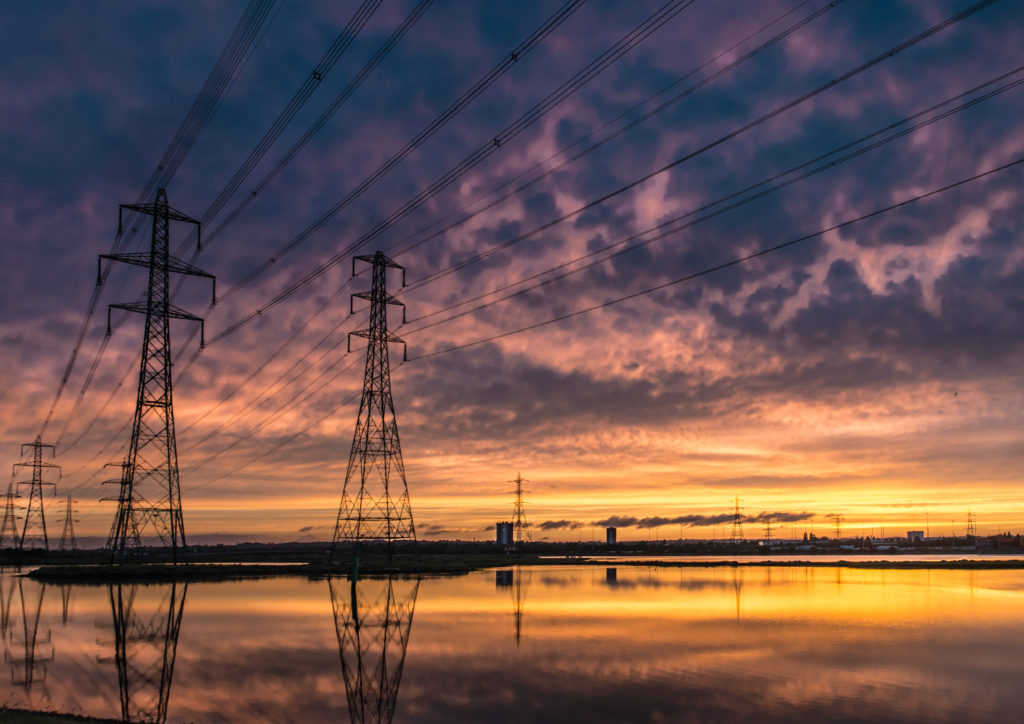Dr Malte Jansen, Dr Iain Staffell, Professor Richard Green and Professor Tim Green — Imperial College London
At the start of March Britain experienced its longest spell of low wind output in more than a decade.
For more than a week calm weather covered the country. Wind farm output fell to as low as 0.6 GW on the 3rd of March, in sharp contrast to the 18.1 GW delivered later on that month. Power prices were typical for the time of year, suggesting that the system wasn’t particularly stressed though.
A prolonged period of low wind and low solar power output has been coined in German as a ‘Dunkelflaute’ (dunk-el-flout-eh)–– a dark wind lull. The event at the start of March was the longest Dunkelflaute that Britain has experienced in the last decade. Between the 26th of February and the 8th of March the capacity factor[1] of the national wind fleet did not go above 20%. Its average over these 11 days was just 11%, less than a quarter of their average in the month either side.
Both the frequency and duration of these events matters. Looking back over the Electric Insights archives, this was the longest cold-calm spell that Britain has experienced in over a decade. February 2010 also saw 11 days with wind capacity factors never going above 20%. However, back in 2010 most of Britain’s wind farms were onshore and so average capacity factors were lower. Also, the impact of low wind speeds was barely noticeable back in 2010, as Britain’s wind capacity then was one-sixth of current levels.
Based on longer records of historical wind speed data from Renewables.ninja, the March Dunkelflaute could be expected roughly once every 20 years, statistically speaking. Prolonged low-wind periods should be accounted for when designing Britain’s energy system security, and they should not be seen as a ‘black swan event’ which cannot be anticipated.
The power system coped in March because the shortfall in wind was made up by fossil fuels, particularly the 28 GW of gas power stations. Fossil fuels peaked at a 73% share of all electricity generation on the 6th of March. While coal and biomass stations ran at close to full output to help, Britain’s nuclear output actually fell to its lowest this year during the low-wind period. Nuclear output dropped to just 3.6 GW, 30% below its average for the quarter, as maintenance outages continued to affect the fleet.
The output from Britain’s wind farms is almost exclusively balanced by gas power stations. Throughout the quarter their outputs were the mirror image of one another, performing an elaborate dance to keep the system balanced. For every GW that wind output falls, gas output rises by 0.84 GW. When all other generation sources are combined, their output only varies by 10% around their average of 13 GW across the quarter.
The UK’s ambition to reach net zero would prohibit the use of (unabated) gas power plants for such long periods. While a variety of clean flexibility options could replace gas, the scale and duration of wind droughts may rule many of them out.
The lull in March saw a deficit of over 10 GW of wind capacity compared to the surrounding weeks, and some 2,300 GWh of energy. In comparison, the UK’s largest storage facility – the Dinorwig pumped hydro plant in North Wales – stores just 9 GWh. Battery storage systems are ideal for providing peak power, but their duration (and total energy storage) is limited. Over 10,000 of the world’s largest battery storage systems would be needed to cover the shortfall, occupying a space the size of Liverpool city.[2]
Interconnectors can help, but these weather patterns tend to affect the entire north-west of Europe, meaning our neighbouring countries would also be short of capacity. Flexible demand may be insufficient for a different reason – households and industries may be willing to turn down their consumption for a few hours at a time, but doing so for over a week straight is another matter. This restricts the options for dealing with large-scale weather variability to longer-duration storage or low- and zero-carbon fuels such as biomass and potentially hydrogen in the future. The four biomass domes at Drax Power Station hold enough fuel to generate 600 GWh of electricity, showing the scale that storable fuels can attain.
Weather variability will play an important part in the planning and operation of Britain’s future energy system. The recent power outage in Texas highlights the cost of overlooking extreme weather risks (noting that it was gas generation rather than wind which drove this crisis). Securely managing wind variability will likely require policy and market innovations, not just technical fixes.
[1] Power output as a fraction of total installed capacity
[2] Based on a 6500 m² footprint estimated for the South Australia battery farm.
